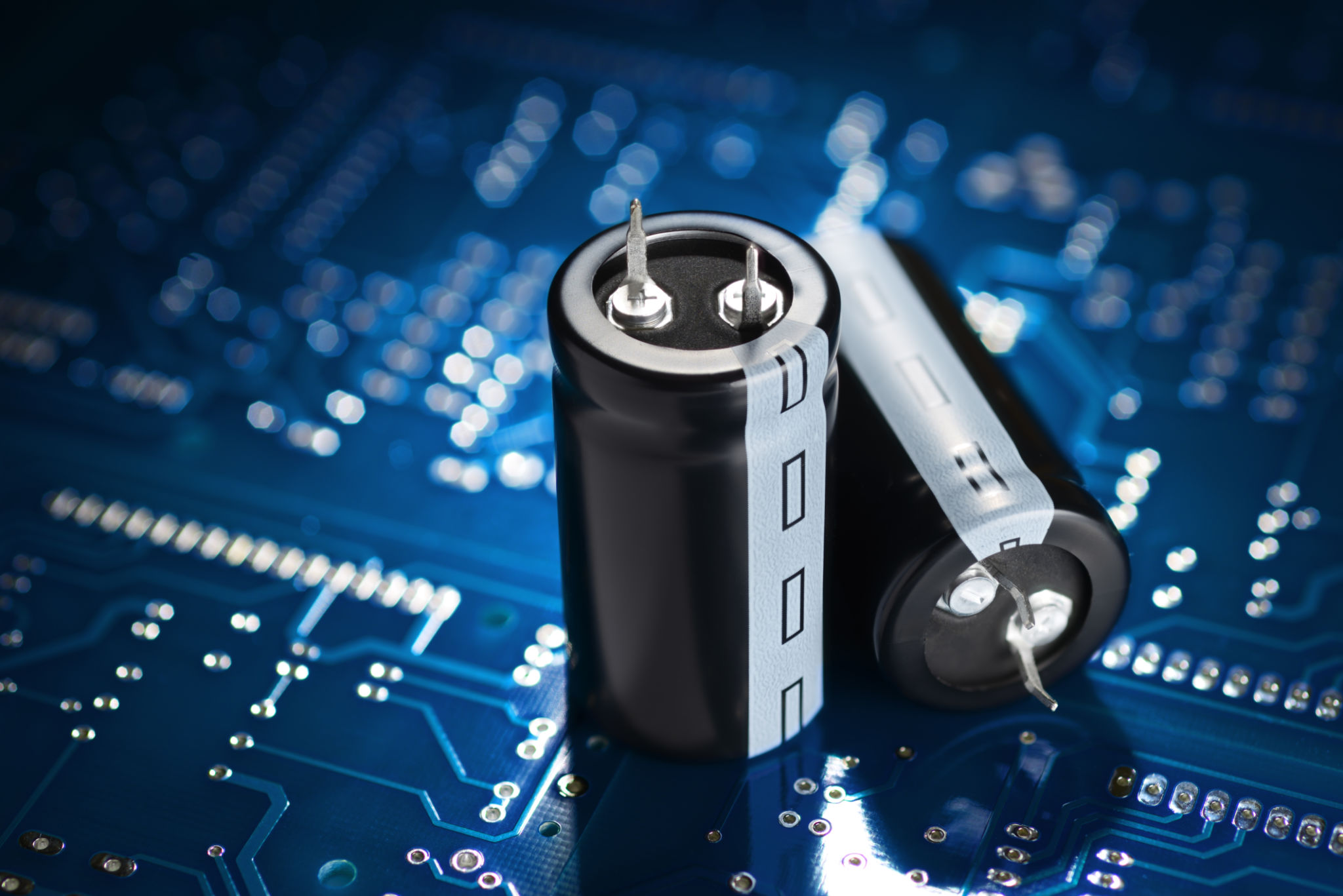Common Misconceptions About Electronic Components and How to Avoid Them
Understanding Electronic Components
In the world of electronics, understanding the various components is crucial for both hobbyists and professionals. However, several misconceptions can lead to errors in design and implementation. Addressing these misconceptions can significantly enhance your projects' success and efficiency.

Misconception 1: All Resistors Are the Same
One common misconception is that all resistors are interchangeable. In reality, resistors come with different resistance values, power ratings, and tolerance levels. Using the wrong resistor can lead to circuit failure or inefficiency. It's essential to check the specifications before integrating them into your design.
To avoid this mistake, always refer to the circuit diagram and use a multimeter to verify resistance values. Understanding color codes on resistors can also help in quickly identifying their specifications.
Misconception 2: Capacitors Can Be Used Interchangeably
Another widespread misunderstanding is that capacitors of different types and ratings can be used interchangeably. Capacitors vary in terms of capacitance, voltage rating, and type (such as ceramic, electrolytic, or tantalum). Each type serves a specific purpose and is suited for particular applications.

To avoid issues, always select capacitors based on the requirements of your circuit. Pay attention to their polarity, especially with electrolytic capacitors, to prevent damage.
Diodes and Their Directionality
Diodes are crucial components in many electronic circuits, but their directionality often leads to confusion. Diodes allow current to flow in one direction only, and installing them backward can prevent a circuit from functioning correctly.
Misconception 3: All Diodes Are the Same
Not all diodes are created equal. There are several types, including rectifier diodes, Zener diodes, and light-emitting diodes (LEDs), each with distinct characteristics and applications. Understanding these differences is key to using them effectively.

To avoid mistakes, ensure you understand the specific function of the diode you’re using and its correct orientation within the circuit.
Misconception 4: Tolerance Levels Are Not Important
Tolerance levels in components like resistors and capacitors indicate how much the actual value can deviate from the specified value. Ignoring tolerance levels can lead to circuits that do not perform as expected, especially in sensitive applications.
Always consider the tolerance level when selecting components. For precision circuits, opt for components with tighter tolerance levels to ensure accuracy and reliability.
The Importance of Datasheets
Datasheets are often overlooked but are invaluable resources that provide detailed specifications of electronic components. They can help you understand the operating limits, electrical characteristics, and physical dimensions of components.
To avoid errors in your projects, make it a habit to consult datasheets for every component you use. This practice not only enhances your knowledge but also helps in making informed decisions during the design process.

Avoiding Common Mistakes
Avoiding these common misconceptions requires diligence and attention to detail. By taking the time to understand each component's role, specifications, and limitations, you can significantly improve your electronic projects' success rate. Remember, thorough research and careful planning are your best allies in avoiding costly mistakes.
